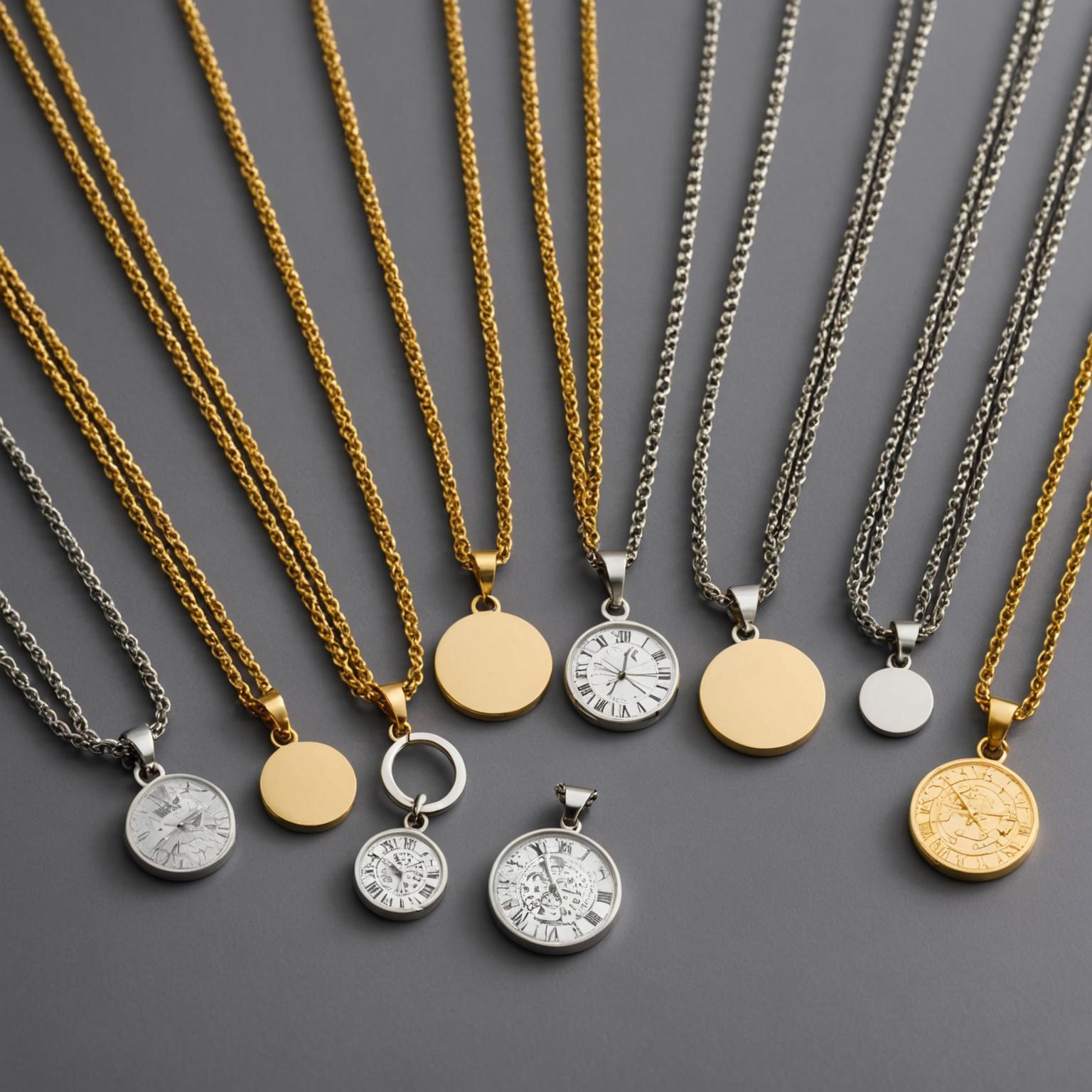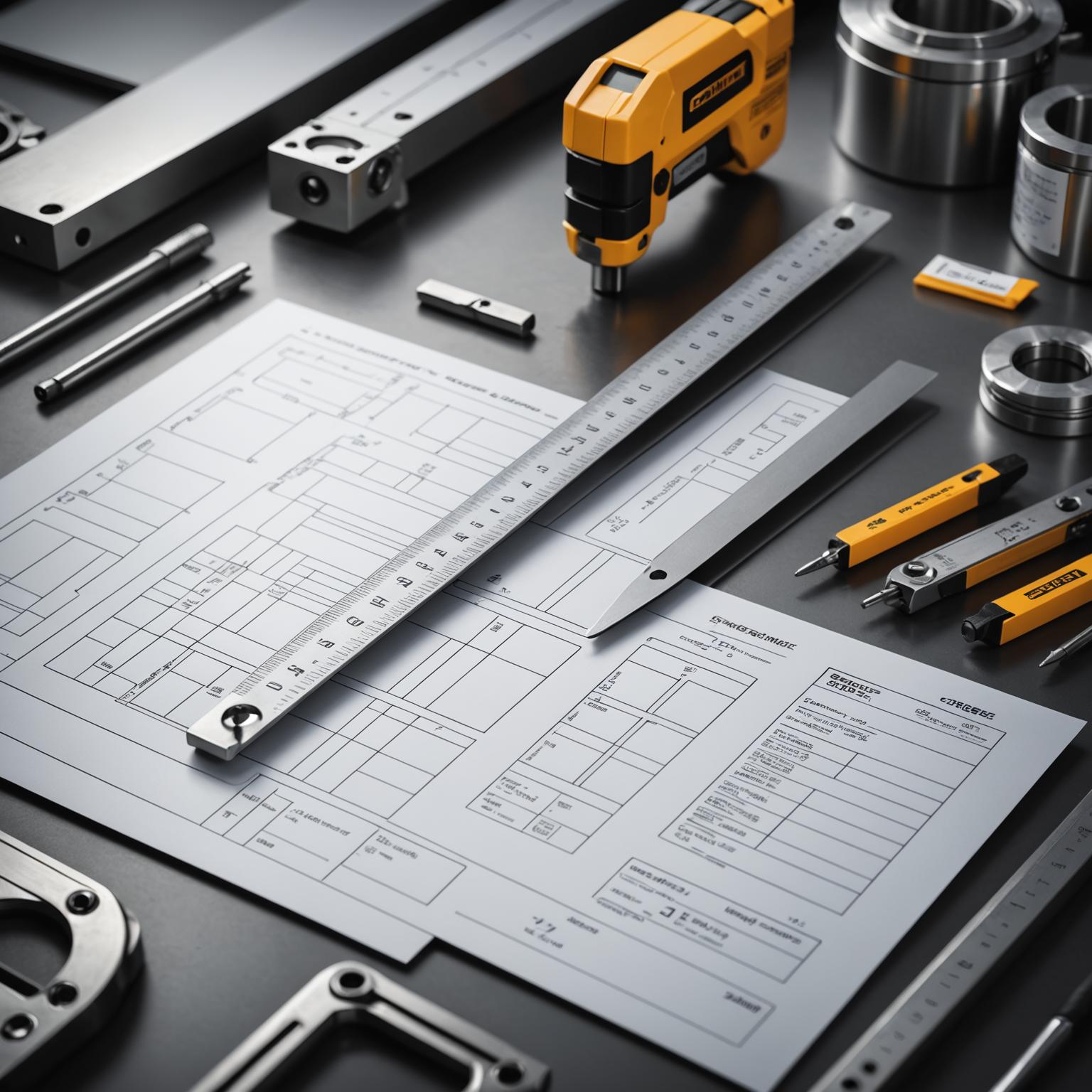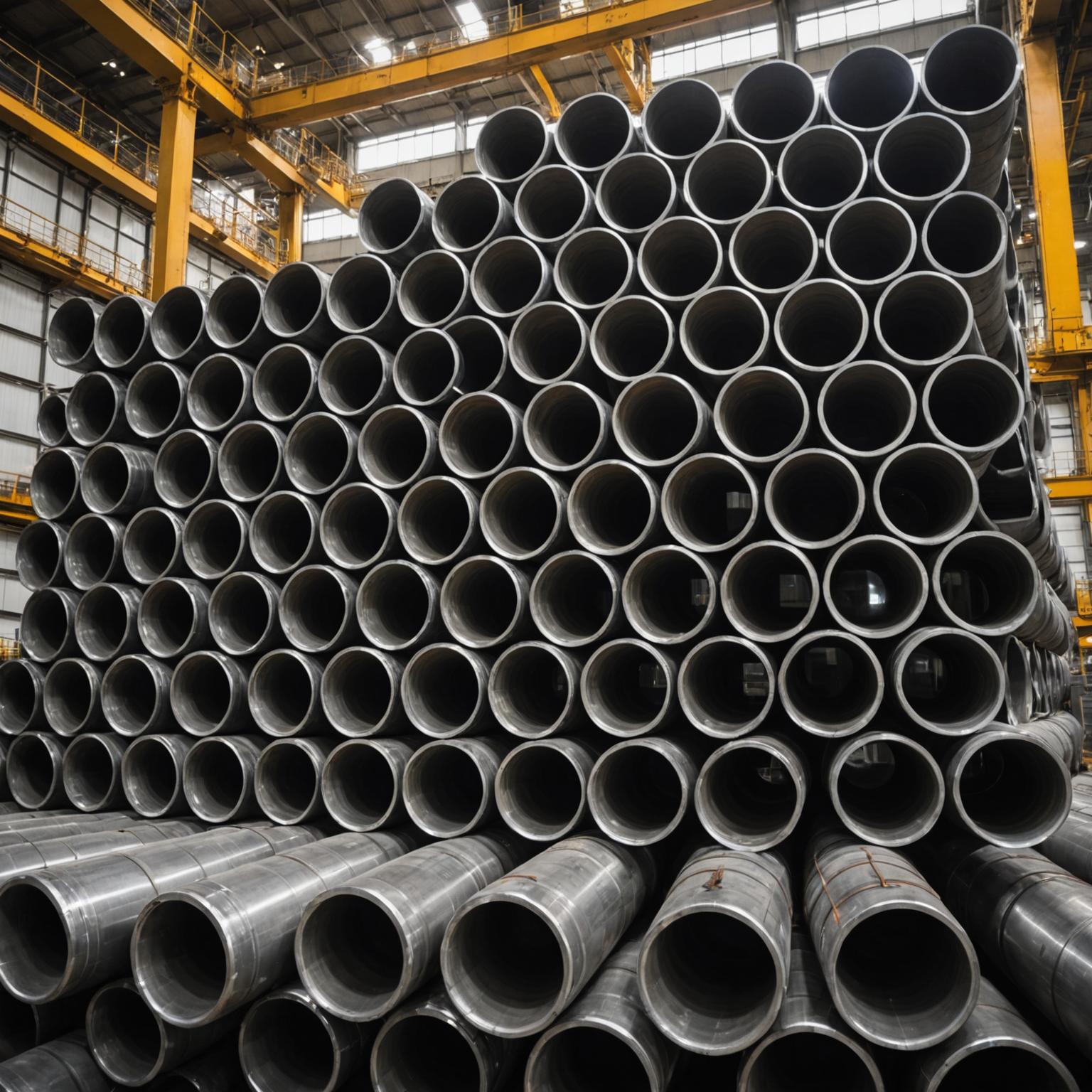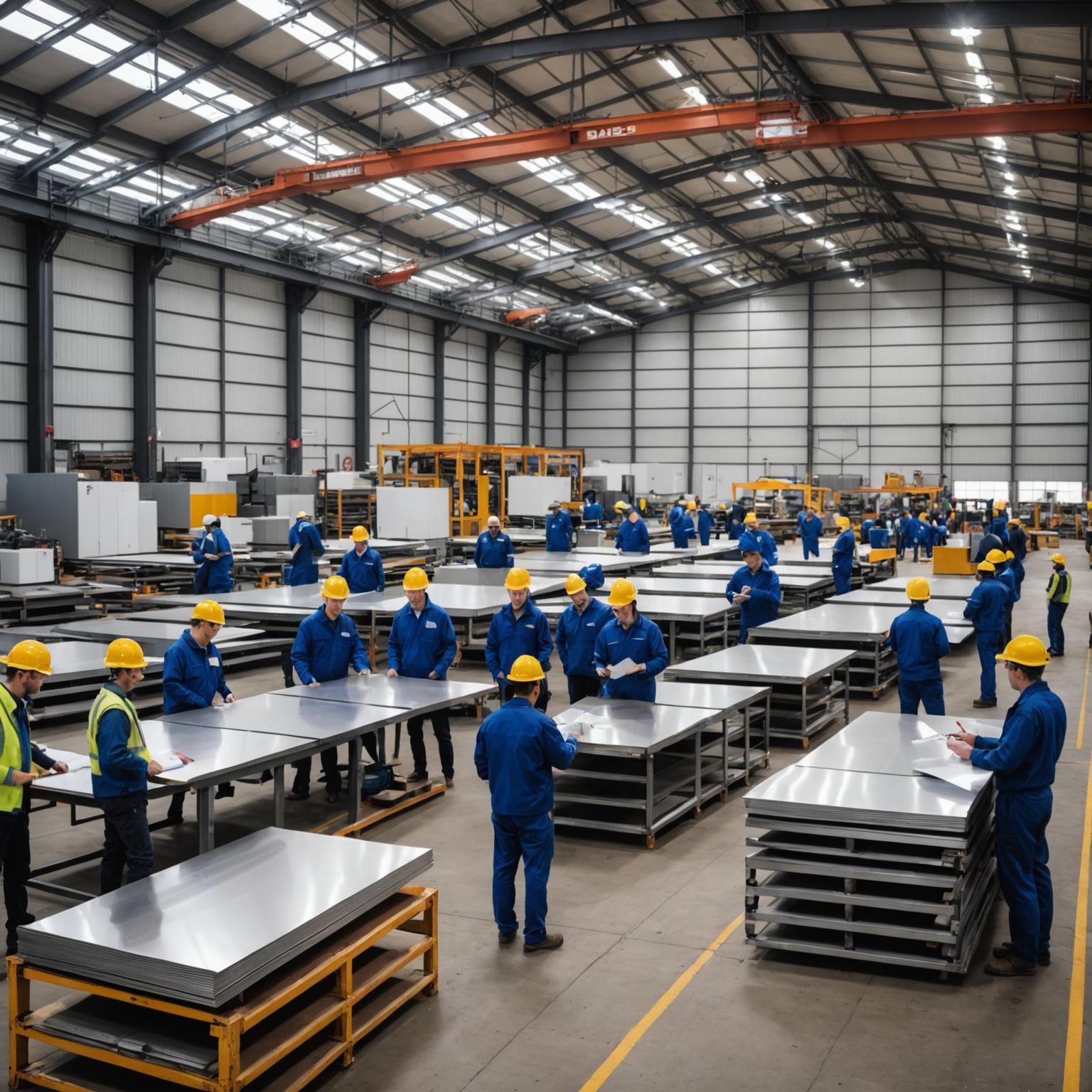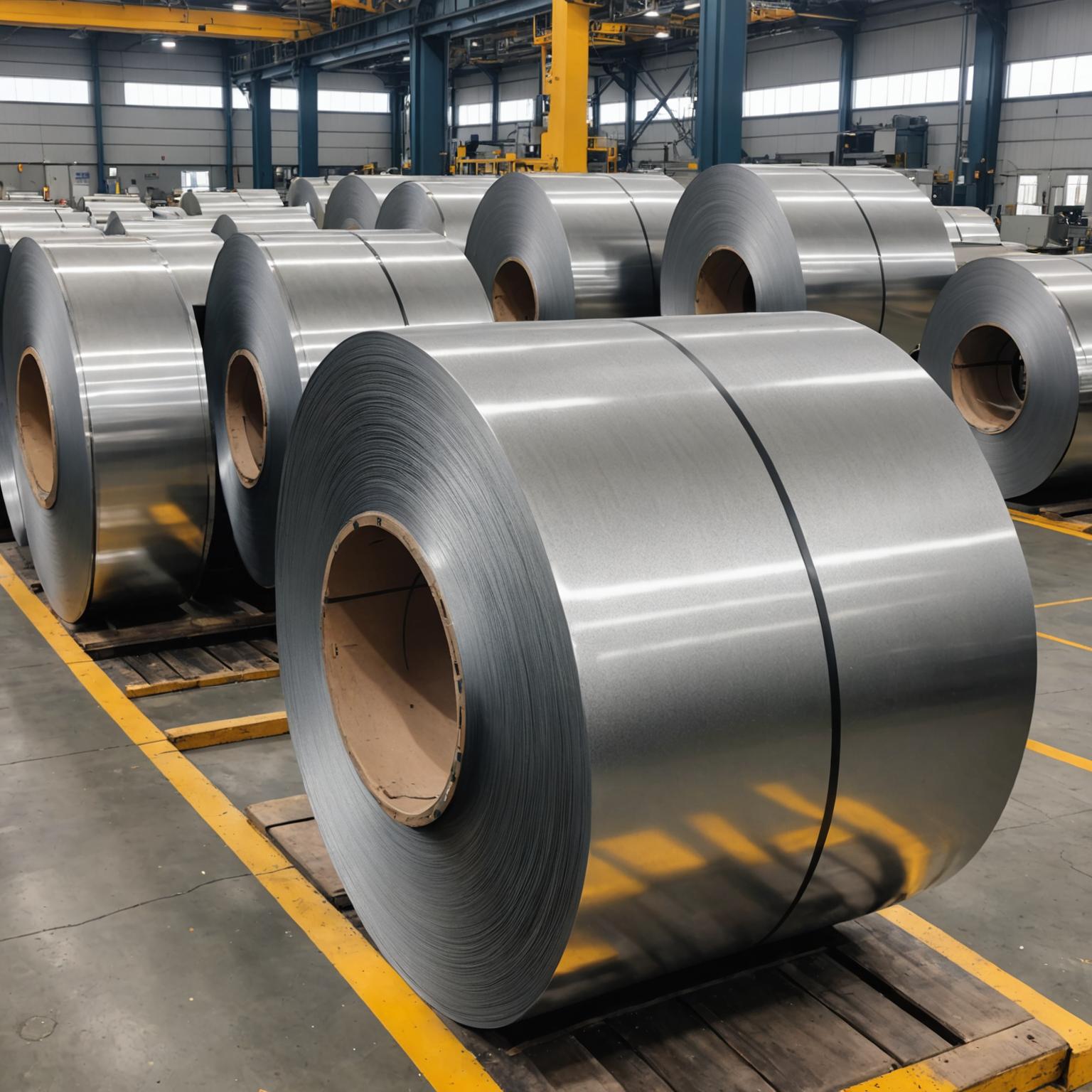When embarking on an industrial, commercial, or even a high-end residential project, the choice of materials is fundamental to longevity, safety, and performance. In the world of metals, stainless steel is often a top contender, but the conversation quickly narrows down to specific grades. Among the most common are types 304 and 316. While visually indistinguishable, understanding the nuances in the 304vs316 debate is crucial for selecting the correct material, especially when dealing with a critical component like a stainless steel pipe. These two alloys are the workhorses of the stainless steel family, yet their subtle compositional variations lead to significant differences in performance and application.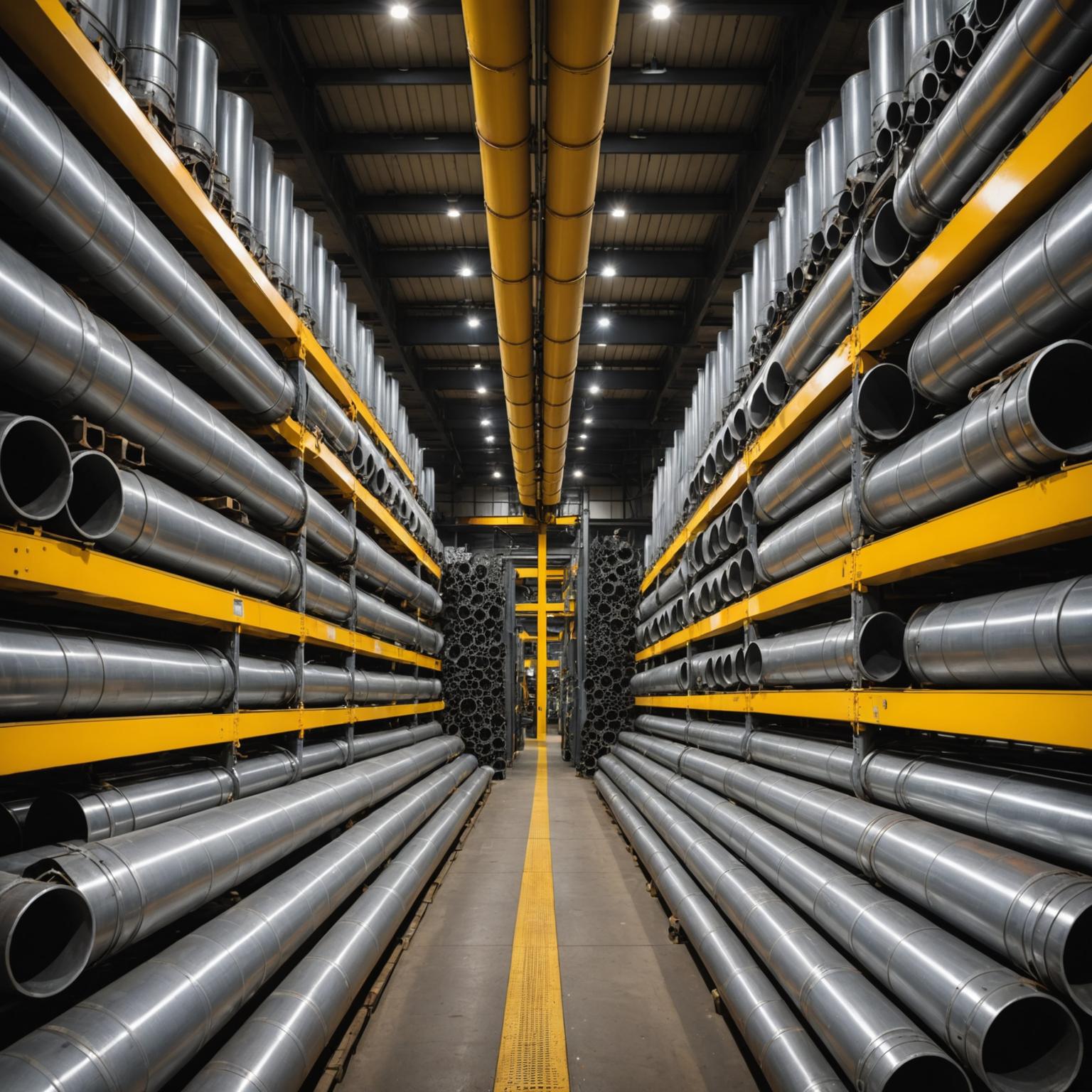
Understanding the Composition: What Sets 304 and 316 Apart?
The primary distinction between 304 and 316 stainless steel lies in their chemical makeup. Both are austenitic stainless steels, meaning they share a common crystalline structure and are known for their excellent strength and formability. Both contain high amounts of chromium (around 18%) and nickel (around 8%), which are responsible for the alloy's signature corrosion resistance and luster. However, the defining element that creates the difference between the two is molybdenum. Type 316 stainless steel contains approximately 2-3% molybdenum, an element that is completely absent in type 304. This addition, while seemingly small, is the key factor that dramatically enhances the alloy's resistance to corrosion, particularly from chlorides and other harsh industrial chemicals. This compositional distinction is the fundamental reason one grade is chosen over the other for specific environments.
Corrosion Resistance: The Molybdenum Advantage
Corrosion resistance is arguably the most important property of stainless steel. Type 304 offers very good resistance to corrosion in a wide variety of environments. It stands up well against oxidation and is suitable for everything from kitchen sinks and food processing equipment to architectural trim and chemical storage tanks for less aggressive substances. However, its weak point is its susceptibility to pitting and crevice corrosion when exposed to solutions containing chlorides, such as seawater or de-icing salts. This is where type 316 shines. The inclusion of molybdenum provides a robust defense against chloride-induced corrosion. This makes 316 the superior choice for applications in or near coastal areas, on marine vessels, and in chemical processing plants where chloride exposure is a constant threat. The molybdenum helps to stabilize the passive layer of oxide that protects the steel, preventing localized attacks that can lead to premature failure. This is the most critical aspect highlighting the difference between these materials.
Strength, Durability, and Cost Considerations
In terms of mechanical properties such as tensile strength, yield strength, and elongation, 304 and 316 stainless steel are very similar. Both are durable, strong, and can be readily formed, welded, and fabricated, making them versatile for a wide range of manufacturing processes. As such, the selection process rarely comes down to a matter of strength. The most significant trade-off is cost. The addition of molybdenum, and often a slightly higher percentage of nickel in 316, makes it a more expensive alloy than 304. The price difference can be substantial, especially for large-scale projects requiring significant quantities of material. Therefore, the decision often becomes a financial one, balancing the upfront investment against the long-term cost of maintenance, repair, and potential replacement. For non-corrosive environments, 304 provides an excellent, cost-effective solution. However, specifying 304 in an application that truly requires 316 is a false economy that will inevitably lead to costly failures down the line.
Choosing the Right Grade: Applicable Industries and Uses
The specific application and operating environment are the ultimate determinants when choosing between these two grades. Understanding the common Applicable industries for each can provide clear guidance. Type 304 stainless steel is ubiquitous and is often referred to as the '18/8' stainless steel. Its common applications include: food and beverage industry equipment, kitchen appliances and cookware, architectural paneling and railings, non-critical chemical containers, and general-purpose stainless steel pipe for water transport in non-saline environments. Its blend of good performance and economic value makes it the default choice for a vast array of uses. In contrast, type 316 is the go-to material for more demanding conditions. The Applicable industries for 316 include: marine hardware and equipment, chemical and petrochemical processing, pharmaceutical manufacturing equipment, medical implants and surgical tools, wastewater treatment plants, and high-performance seamless steel pipes used in oil and gas extraction. Any environment where exposure to salt, brine, or aggressive cleaning agents is expected warrants the superior protection offered by 316 stainless steel.
Making the Final Decision: 304 vs 316
In conclusion, the 304vs316 decision is not about which steel is better, but which is more appropriate for the task at hand. The core of the difference is molybdenum and the enhanced chloride corrosion resistance it provides to 316. If your project will not be exposed to saltwater, de-icing salts, or harsh chemicals, 304 stainless steel offers a reliable and economical solution that will perform admirably for years. However, for any application where chloride corrosion is a risk—from a seaside balcony railing to a sophisticated chemical processing pipe—the additional upfront cost of 316 stainless steel is a wise investment in durability and safety. Making the correct choice ensures the structural integrity and longevity of the final product, preventing premature failure and safeguarding your investment.



